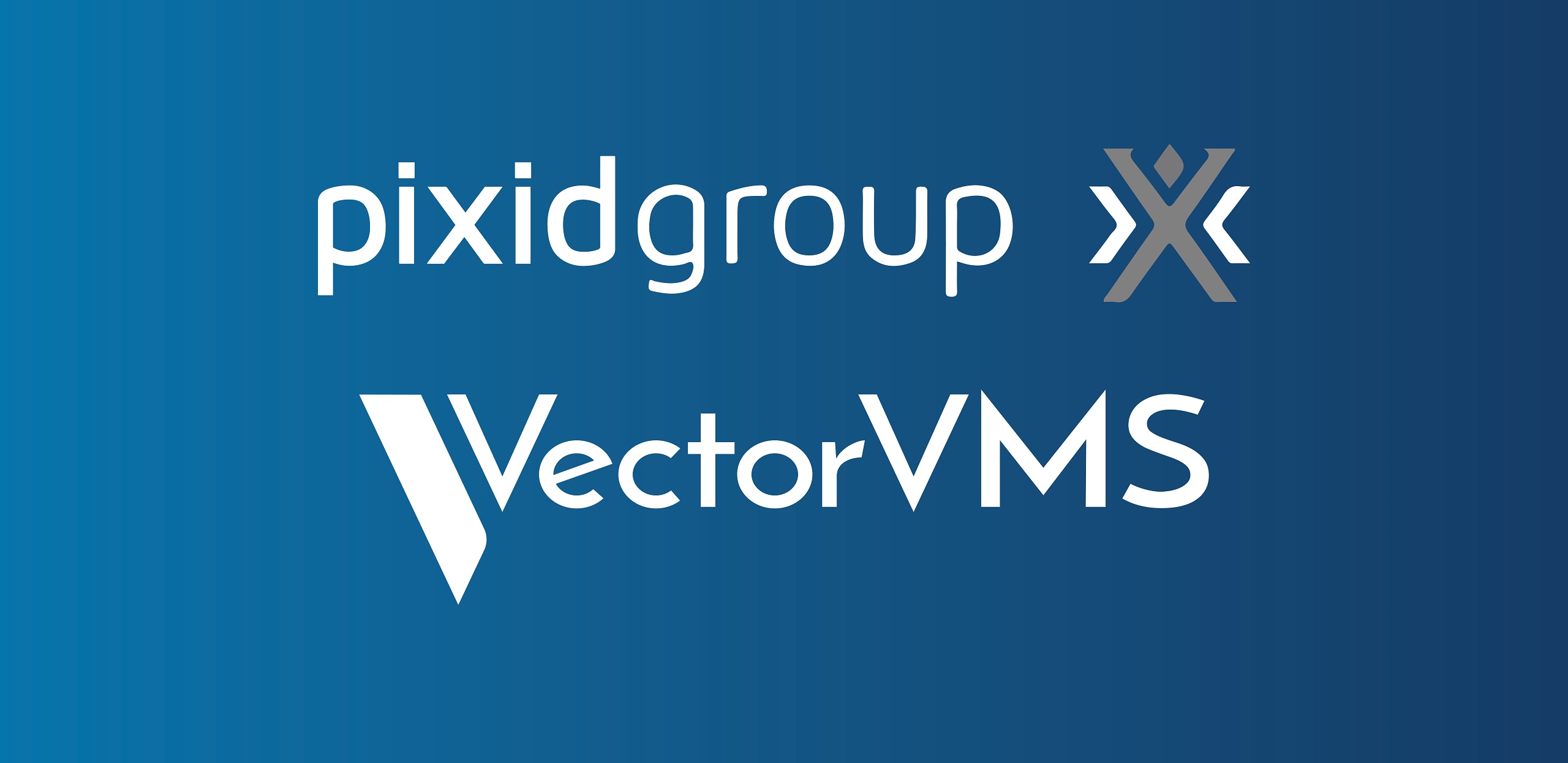Business leaders globally agree that an external workforce is critical to meet today’s goals and get work done quickly and effectively. Many organizations expect non-employee labor to be nearly half of their workforce in the coming years. There are many reasons for this increased use of contingent labor including:
- Lack of available full-time employees
- Skills and expertise gaps
- Need for fresh thinking from outside the organization
- Desire for more management flexibility
Although many organizations would like to increase their contingent workforce usage, it can be a challenge to manage this labor category as demands change.
What Is a VMS?
To support the complexities of a blended workforce, companies can turn to a Vendor Management System (also known as a VMS). But what is a VMS? A VMS is a cloud-based application that provides a centralized platform and system of record for the contingent workforce. It helps a business procure, manage and pay workers sourced through staffing agencies or any other sourcing avenue. The VMS also captures data that is often held in silos across the business to enable reporting and better decision-making.
You might also like: ‘A Buyer’s Guide to Vendor Management Technology’
Now that we’ve established what a Vendor Management System is, it’s time to look at what it can do for you. There are many benefits to stakeholders involved in the decision to implement a VMS. When making the case for a VMS, keep these five key points in mind.
1. Increased Visibility
To make informed decisions, leadership needs reliable data. Capturing that information is the job of the VMS. It allows leaders to look across the entire business and understand the cost, quality, and performance of contingent labor in the organization.
Unfortunately, many firms haven’t focused their digital transformation programs to include contingent labor management. Instead, they’re relying on manual processes, emails and spreadsheets. This makes it difficult to capture good data and get clear visibility into the amount being spent on contract labor, the number of contractors in the business, whether a fair rate is being paid for the work, and much more.
Also read: ‘3 Dangers of Using Spreadsheets for Vendor Management’
2. Risk Mitigation
Leaders in HR protect the company from “people risk” and maximize the value invested in human capital. With contingent labor being, by its very nature, on-demand, it requires more onboarding and offboarding of talent and can quickly become a challenge for HR professionals.
Critical steps can fall through the cracks such as:
- Ensuring compliance with background screens
- Licensing, certifications and testing requirements
- Legal documents such as NDAs, non-competes and intellectual property agreements
- Keeping track of assets like laptops, swipe cards, building access, and cell phones
HR leaders are also expected to have an answer for everything “people-related”. So when the question “how many contractors do we have today?” is asked, and you don’t have an answer, you’ve opened yourself up to risk.
3. Automation
Hiring managers want access to talent that will help them get projects and deliverables completed. You need to make sure you have the right people and skills in place when they’re needed and within budget. With a VMS, users can distribute requests to fill positions to multiple staffing firms, enabling a competitive marketplace that helps attract the best talent at the lowest cost. It also takes you out of endless email chains and into a system that gives clear visibility to where your request is in the process.
The VMS will automate tasks such as:
- Candidate submission and selections
- Rate management
- Compliance management
- Interview scheduling
- Time and expense tracking and payments
By automating these processes, hiring managers are able to focus on their core business and reduce distractions.
More from the blog: ‘Choosing a Vendor Management System? 5 Success Factors Companies Often Overlook’
4. Vendor Efficiency
Staffing vendors are a key part of the success of your contingent labor program. These partners want to participate in programs that are easy to submit candidates to, with processes that are clear and provide performance feedback.
Implementing a VMS provides vendors with:
- Clear direction on what resources are important to you
- Quick access to orders you place
- Lower cost of sales and operations
- The ability to prove performance through reporting data
Staffing partners are key to the success of your contingent labor program, so it’s important to have a VMS that’s easy to use.
5. Cost Savings
For many firms, one of the best parts of a Vendor Management System is that there’s typically little or no cost to them. In today’s competitive landscape, the majority of contingent labor programs have a “vendor-funded model”, meaning that the staffing partners pay for the VMS through a participation fee. This is typically a percentage of payroll and comes out of the margins that the vendor would receive in supplying contractors to the business, so there’s no cost to you.
In addition to the platform having no cost to your organization, a VMS can also help manage and reduce costs in a number of ways, such as:
- Managing competitive bidding between vendors to get the best rates
- Tracking contractor budget to actuals to reduce rogue spend
- Using data to standardize or reduce rates and eliminate poor performing vendors
- Consolidating invoicing and payments to suppliers to decrease invoicing costs
- Overtime and turnover tracking
- Enforcing length of service limits
Many organizations see a significant savings in both hard and soft cost savings by tracking their contingent labor through a Vendor Management System.
Find out more: ‘How Much Does a VMS Cost? The Vendor-Funded Model Explained’
VMS Benefits: Looking Ahead
The right talent can help move mountains, and it’s becoming increasingly less important whether that talent is a traditional employee, contractor or a service provider. Managing the rapid change that organizations must react to and getting the work done is more important than who is doing the work. Today’s leaders understand this and want all options on the table for how to stay competitive.
A Vendor Management System can be a launching pad for an organization to embrace the strategy of a blended workforce with many types of professionals working together. The clear benefits of having visibility into your contingent workforce and moving away from manual processes are the first relief most see. But over time, you can use your VMS as a catalyst to transform your people strategy and your organization, to move mountains you have yet to see.
 Meet the Expert
Meet the Expert
Nikki Williams – Marketing Brand Manager
Nikki Williams is responsible for marketing strategy and implementation for VectorVMS. In her role, she helps contingent workforce professionals discover the value of a vendor management solutions through blogs, webinars, conferences, and more. Her goal is to ensure these professionals can quickly find answers to their questions about VMS technology. Nikki has more than 10 years of experience as a marketing professional for technology, including human resources technologies as well as leadership and organizational development services. Connect with her on LinkedIn.



